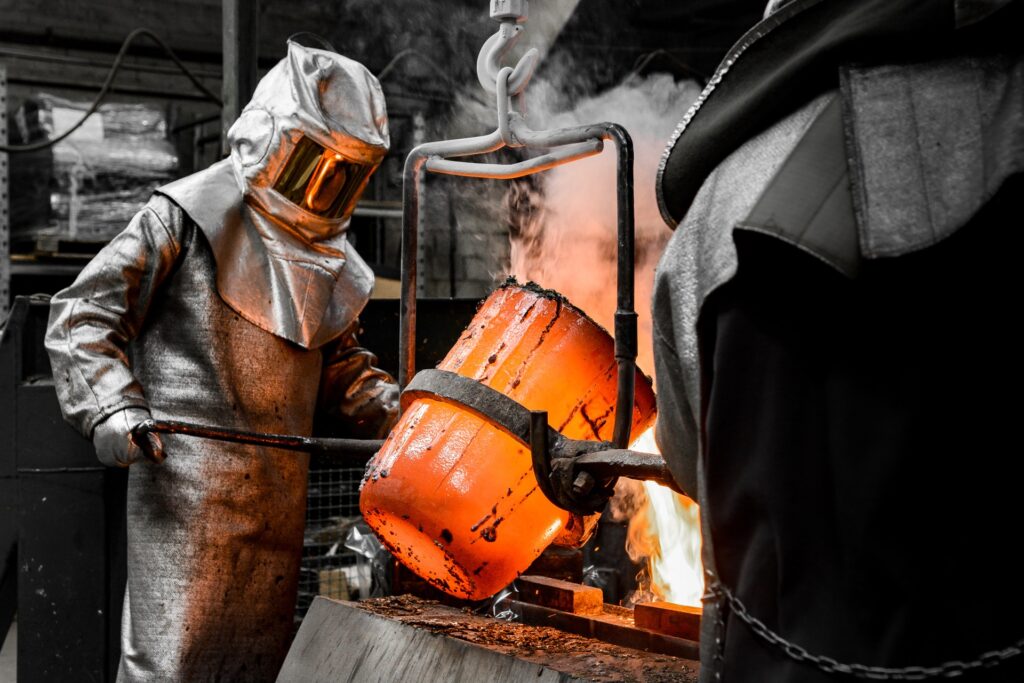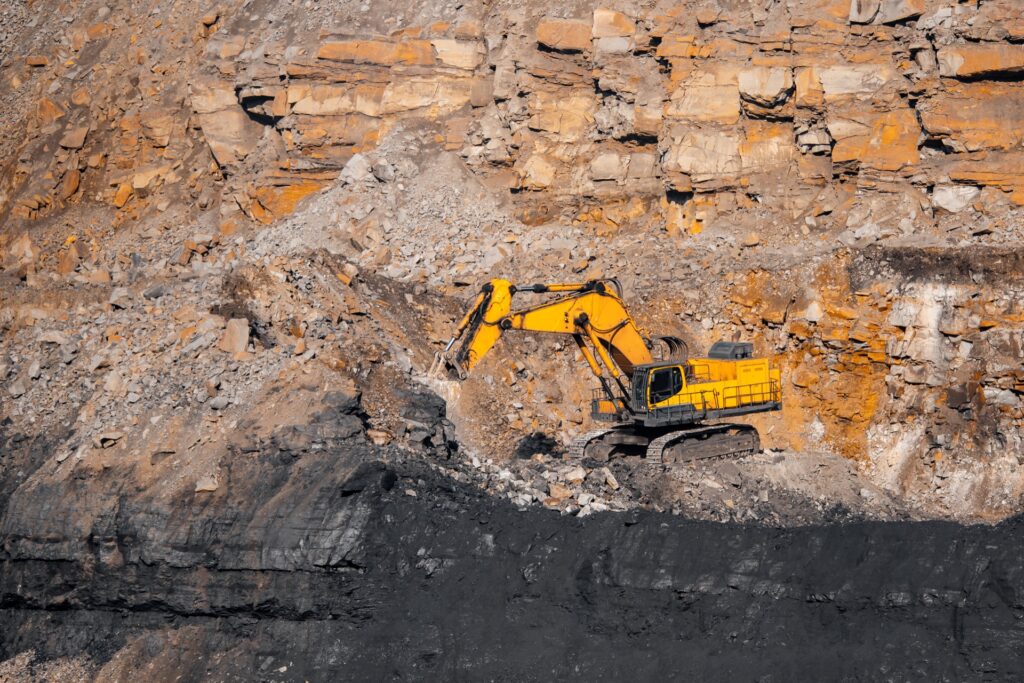As one of the most versatile metals out there, aluminum is in a wide variety of things and although it’s found in the Earth, still requires a lot of refinement. It’s also one of the most common alloys as well because of the numerous properties that make it beneficial and versatile. For instance, it’s an excellent conductor of electricity, is lightweight, and resistant to both heat and corrosion. However, one of the common questions that often remains is how to make aluminum?
How to Make Aluminum: Step 1 Actually Discovering Aluminum
Although it might be one of the most common metals in the Earth it doesn’t actually exist in the ground in its pure metallic form. Instead, the metallic compounds that form aluminum are first surveyed for that will eventually be refined and smelted into the aluminum metal most people are familiar with.
These compounds are typically found in clay, slate, shale, granite, and anorthosite with bauxite ore being crucial to making aluminum. It contains about 52% aluminum oxide with impurities of iron oxide, silica, and titania. This compound is located by taking samples and conducting investigatory drilling.
Step 2: How Aluminum Is Mined and Pulled From the Ground
Once bauxite ore is discovered, open-pit mining is the most common way it’s pulled from the ground. Explosives are frequently used to blast the ore loose where it’s then extracted using power shovels or dragline excavators.
The majority of the ore is then made into alumina as a pre-step before it’s made into aluminum itself. Typically, 90% of bauxite is made into alumina for later smelting into aluminum, and the other 10% is put into other purposes.
Step 3: How Bauxite Ore Is Refined Into a More Useful Substance
Bauxite is refined using the Bayer process which is composed of 4 steps:
- Digestion
- Clarification
- Precipitation
- Calcination
Bauxite Digestion
During digestion, bauxite is ground, mixed with caustic soda and pumped into pressure tanks where steam heat and pressure are applied. Through this process, it turns into sodium aluminate, and impurities left behind are referred to as red mud.
Sodium Aluminate Clarification
In this phase, the sodium aluminate solution is passed through blow-off tanks. The red mud is actually removed in this step through the use of clarifying agents and cloth filters. The final solution is then cooled in heat exchangers and pumped into silos.
Precipitation of Sodium Aluminate
The next step of the process involves aluminum hydroxide seed crystals being added to the sodium aluminate solution. This causes precipitation. Finally, the aluminum becomes a solid. The final result are aluminum crystals which are filtered and washed to remove water and other impurities.
Final Calcination
During the final step, the aluminum hydroxide crystals are subjected to calcination. This process involves controlling the supply of air to the crystals. Rotary kilns are used to heat the crystals to over 900℃ which removes any remaining impurities. The final result is a fine white powder known as alumina or aluminum oxide.
Step 4: How Aluminum Is Smelted and Made Into Its Final State
Finally, the alumina is ready to be made into aluminum. Smelting the alumina involves using steel reduction pots filled with molten electrolytes, where carbon anodes are used to pass an electric current through the electrolyte. Once ready, alumina is added to the surface. The electric current deposits molten aluminum is collected and poured into moulds to form ingots.
After this process has been completed, the aluminum is 99.8% pure and in a usable form or can be refined further to enhance its purity.
There are plenty of steps to making aluminum, but the end result is one of the most usable metals available, perfect for a wide variety of applications.

